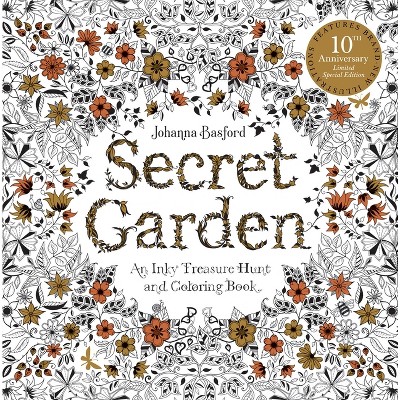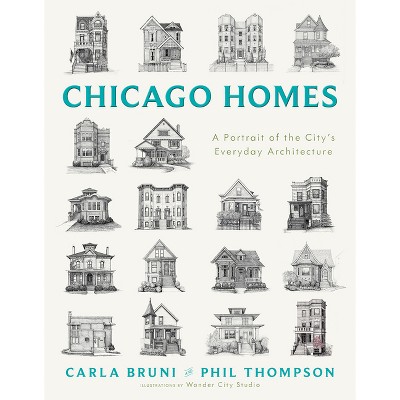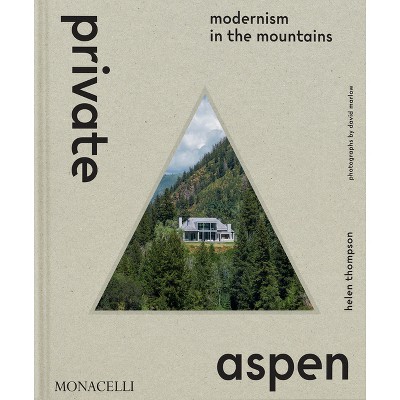Georgian and Regency Conservatories - by Melissa Thompson & Michael Borozdin-Bidnell (Paperback)

About this item
Highlights
- Conservatories emerged in the early 19th century as a result of an increased interest in horticulture as well as developments in glass and iron manufacture, and in methods of heating.
- About the Author: Melissa Thompson has been a Listing Adviser for Historic England since 2010, having previously worked in historic buildings research.
- 143 Pages
- Architecture, Historic Preservation
Description
About the Book
Conservatories emerged in the early 19th century as a result of an increased interest in horticulture as well as developments in glass and iron manufacture, and in methods of heating. These technical innovations led to a new type of glasshouse with greater levels of light and more efficiently regulated heat, rendering them more equipped to house permanent displays of plants and flowers. Conservatories thus became a more agreeable place in which to spend time and so they began to be attached to the house in order to be used as a social space. Drawing on contemporary architects' plans, horticultural publications, diaries and memoirs, this book shows how and why conservatories emerged in the form they did, and explores what they were like inside and how they were used by their owners.0The second part of the book focuses on how various elements of conservatories may be conserved. This section examines the ways in which the materials and components of these often forgotten, but nonetheless architecturally and culturally significant structures, have deteriorated, as well as the various methods and approaches used in their conservation. Divided into five sections, specific case studies highlight practical approaches to the conservation and repair of metalwork, glazing, woodwork and surface coatings, as well as the importance of recording and storage. This study will offer practical guidance for practitioners, architects, owners, and those involved in the heritage industry.Book Synopsis
Conservatories emerged in the early 19th century as a result of an increased interest in horticulture as well as developments in glass and iron manufacture, and in methods of heating. These technical innovations led to a new type of glasshouse with greater levels of light and more efficiently regulated heat, rendering them more equipped to house permanent displays of plants and flowers. Conservatories thus became a more agreeable place in which to spend time and so they began to be attached to the house in order to be used as a social space. Drawing on contemporary architects' plans, horticultural publications, diaries and memoirs, this book shows how and why conservatories emerged in the form they did, and explores what they were like inside and how they were used by their owners.
The second part of the book focuses on how various elements of conservatories may be conserved. This section examines the ways in which the materials and components of these often forgotten, but nonetheless architecturally and culturally significant structures, have deteriorated, as well as the various methods and approaches used in their conservation. Divided into five sections, specific case studies highlight practical approaches to the conservation and repair of metalwork, glazing, woodwork and surface coatings, as well as the importance of recording and storage. This study will offer practical guidance for practitioners, architects, owners, and those involved in the heritage industry.Review Quotes
Reviews
'Packed with architects' plans and early photographs, as well as drawing on contemporary diaries and memoirs, this book serves a dual purpose: it shows how and why conservatories were built and used before going on to discuss their conservation in technical detail. Essential reading, then, for anyone embarking on a restoration project.'Tiffany Daneff, Country Life
'This book provides a concise history of the conservatory, starting with Queen Henrietta Maria's 1630s orangery at Wimbledon and ending with some striking modern examples.'
Peter Parker, A Magazine
About the Author
Melissa Thompson has been a Listing Adviser for Historic England since 2010, having previously worked in historic buildings research. Michael Borozdin-Bidnell was formerly Head of Research and Information at the Georgian Group and is now an independent consultant.Shipping details
Return details
Trending Art, Photography & Design Books











